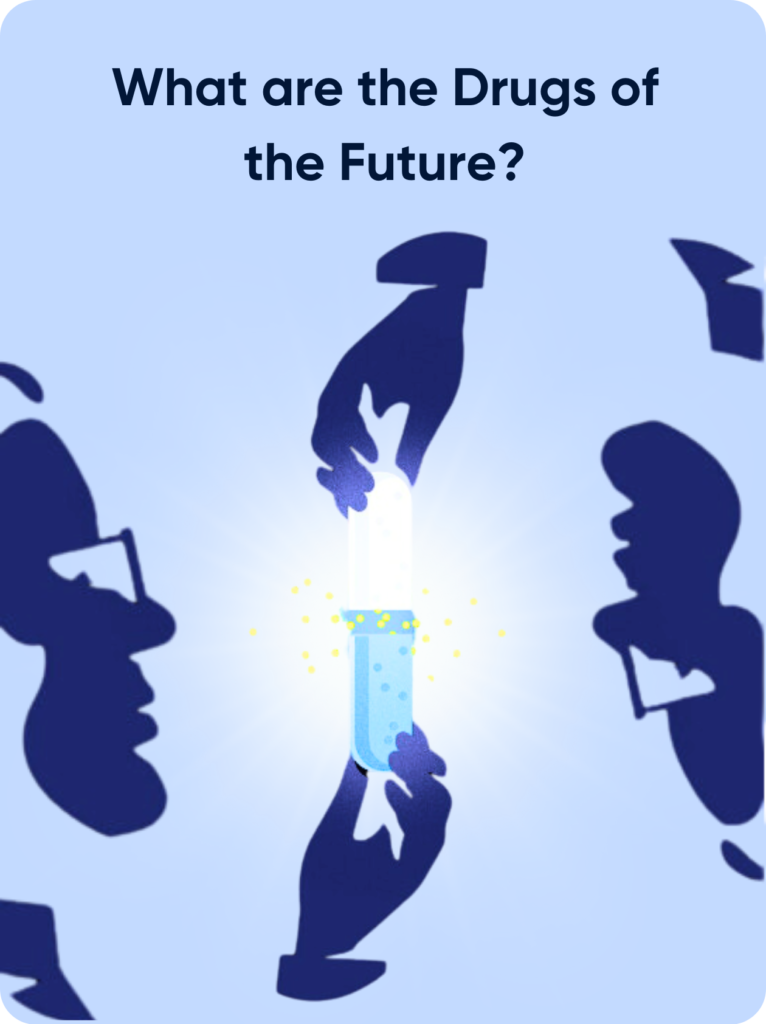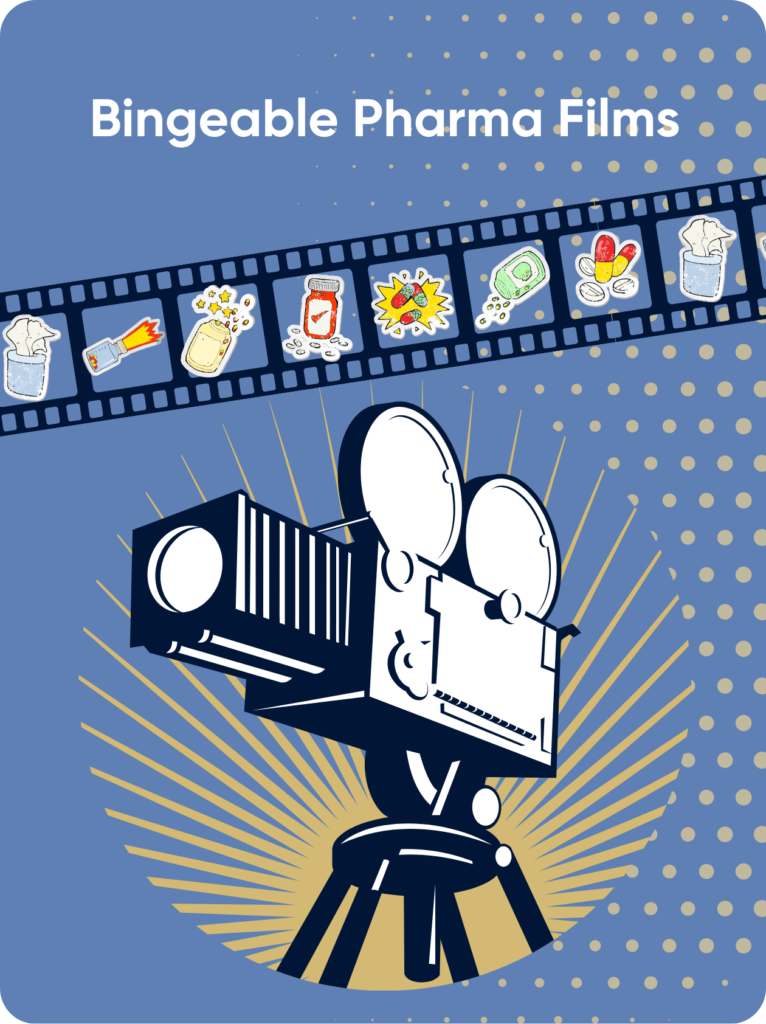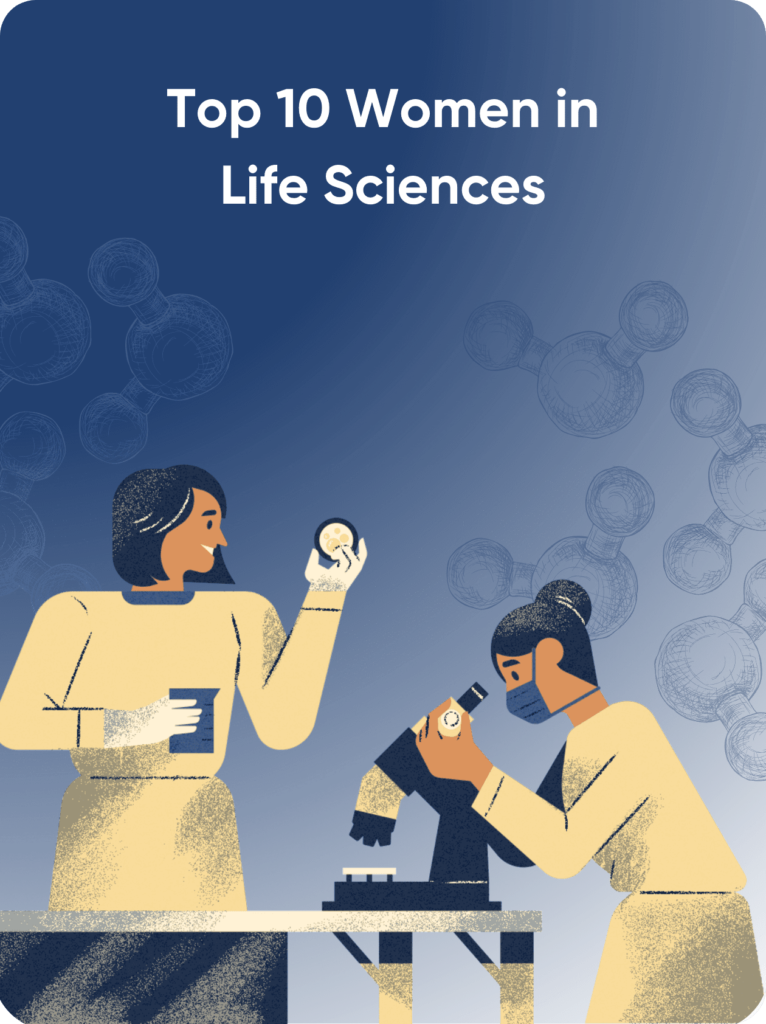
20/06/2023
Small Molecule
Small Molecule Drugs
Small Molecule drugs are simpler and smaller than large-molecule drugs. Their structures are limited to less than 900 Daltons (Da.). You may recall these structures from your high school chemistry classes. These drugs may be simpler than biological molecules but account for 90% of drugs. Due to their simple structure, small molecule drugs are easily absorbed by cells.
This visual comparison highlights these structural differences. Note that the size is not to scale here.
Applications of Small Molecule Drugs
These small molecule drugs have many uses. When you have a headache, you might take an aspirin. You treat your fevers with paracetamol. Penicillin, the first antibiotic, has saved more lives than any other drug available.
“As the first antibiotic, it pointed the way to the treatment of microbial disease. Without penicillin, 75% of the people now alive would not be alive because their parents or grandparents would have succumbed to infections. The effects of a drug like this are absolutely mind-boggling.” – Trevor Stone DSc, Head of Pharmacology at the University of Glasgow
There are many other small-molecule drugs that have changed the world. But, what are the dangers that face the future of these drugs?
Variables of a Successful Small Molecule Drug
Any drug has two variables that make it important:
1. The drug can work on a lot of people.
A drug is considered important if it has treated a significant number of individuals. These people may have various medical conditions. This demonstrates that a drug can address a range of health issues and has various applications.
2. The drug is a pioneering treatment for a specific disease.
A pioneer in treatment is a drug that has played a crucial role in treating a specific disease. This shows that a drug can make a difference in managing or curing an illness.

Antibiotic Resistance
These variables highlight the biggest weaknesses in modern medicine.
1. The drug is produced for the masses.
This strategy has been useful in the past to discover new medicine and treat patients. The rising issue is that bugs are building tolerance to these treatments. Superbugs are starting to combat different diseases, creating issues for doctors treating patients.
Drugs do not adapt to one’s body, but bugs can rapidly adapt to fight drugs. This process over the years makes diseases stronger, and harder to kill.
2. Most drugs are one-trick ponies.
These drugs have been developed to do one function. If a drug was designed to do ‘A’, it will continue to do ‘A’ regardless of the body’s feedback. This means that small-molecule drugs are not adaptable to varying physiological states. A given medicine will continue to perform its task whether the patient is sleeping, awake or running. The lack of physiological feedback can lead to unwanted side effects.
Conventional small molecule therapeutics have limitations as they can only perform one action. Lacking the ability to adjust their function or evolve, drugs can lead to side effects and bugs can build tolerance to the drug. This is dangerous as the misuse of small molecule drugs can make treatments hard in the future; as bugs adapt faster than medicine does.
Competition
The pharmaceutical industry is seeing a shift from mass-produced treatments to personalized options. This is following the rise of superbugs, increased drug tolerance, and a long list of side effects.
Precision Medicine
Personalised medicine, adapted to each patient is a new focus of the pharmaceutical industry. This involves tailoring treatment to each patient according to their:
- lifestyle
- genetic
- and environmental factors
By understanding the specific characteristics of a patient and their disease, their drugs are tailored to their needs.
Nanotechnology and Targeted Drug Delivery
You might wonder, how does your treatment know what to fix? The truth is that it doesn’t. Small molecule drugs are absorbed by the cells and administered to the whole body. The molecules travel through your whole body, looking for pain-receptors or for the right conditions to fix.
Nanotechnology offers opportunities for targeted drug delivery. This will enable drugs to reach the site of infection faster, ignoring healthy tissues. This is vastly different to small molecule drugs that are applied to the full body.
Conclusions
As we can see, small molecule drugs have been incredibly useful. This article has outlined the components that define small molecule drugs. From their small size, simple structure and easy absorption, small molecule drugs have saved many lives. Their use is undeniable, yet their future is set to change with the rest of the pharmaceutical industry.
Browse more from Category name
-
 The Future of Drugs: Small Molecules Leading the Way in Drug Innovation10 Apr 2024 Small Molecule
The Future of Drugs: Small Molecules Leading the Way in Drug Innovation10 Apr 2024 Small Molecule -
 4 Ways Blockchain Will Change Pharma17 Aug 2023 Pharmaceuticals
4 Ways Blockchain Will Change Pharma17 Aug 2023 Pharmaceuticals -
 What is Big Data in Pharma?01 Aug 2023 Pharmaceuticals
What is Big Data in Pharma?01 Aug 2023 Pharmaceuticals -
 What are Xenobots?27 Jul 2023 Pharmaceuticals
What are Xenobots?27 Jul 2023 Pharmaceuticals -
 Insects in Pharma11 Jul 2023 Pharmaceuticals
Insects in Pharma11 Jul 2023 Pharmaceuticals



